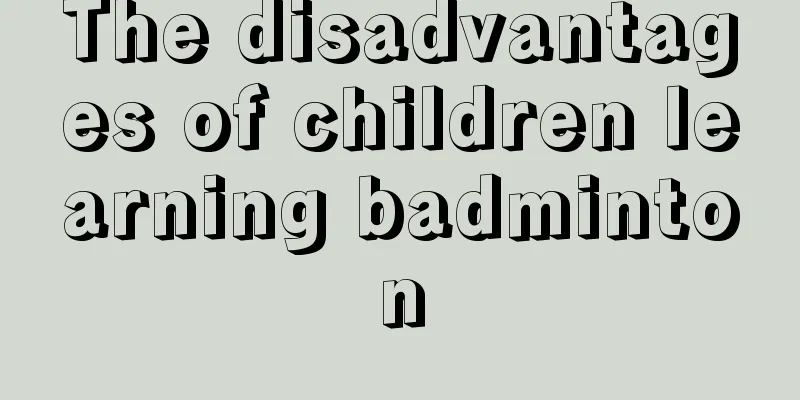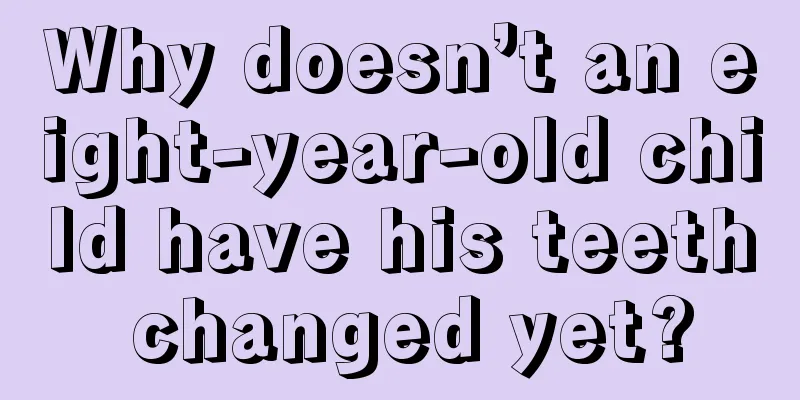Is mumps contagious in children?

|
Mumps is a viral infection disease that generally causes acute respiratory infection. This disease is more common in teenagers and children and is also a common respiratory disease. People will also have the chance of developing the disease after being infected with mumps, but the chance of developing the disease is not high. The mumps virus causes the virus to spread to the nerves and damage the liver, lungs and heart. So is mumps contagious in children? Mumps is an acute respiratory infectious disease caused by the mumps virus invading the parotid gland. It is a common respiratory infectious disease among children and adolescents. It also occurs in adults and is caused by the mumps virus. The prominent symptom is non-purulent swelling and pain of the parotid gland. The virus can invade various glandular tissues or the nervous system and almost all organs such as the liver, kidneys, heart, and joints. Therefore, it can often cause symptoms such as meningoencephalitis, orchitis, pancreatitis, mastitis, and oophoritis. The most characteristic feature of mumps is swelling of the parotid glands. It is generally centered on the earlobe, extending forward, backward, and downward, in a pear-shaped shape with unclear edges; the local skin is tense, shiny but not red, tough and elastic to the touch, and painful to the touch; speaking and chewing (especially acidic foods) stimulate saliva secretion, causing the pain to worsen; usually swelling of one side of the parotid gland will affect the opposite side 1 to 4 days later, and bilateral swelling accounts for about 75% of cases. The submandibular or sublingual glands may also be involved simultaneously. In severe cases, the tissues around the parotid glands are severely edematous, causing facial distortion and difficulty in swallowing. There may be redness and swelling at the opening of the parotid duct in the early stage, and no purulent secretions will overflow from the opening when the parotid gland is squeezed. Parotid gland swelling usually reaches its peak in 1 to 3 days, lasts for 4 to 5 days, and then gradually subsides and returns to normal. The whole journey takes about 10 to 14 days. The submandibular and sublingual glands may also be affected simultaneously or individually. Submandibular gland enlargement is manifested by swelling of the jaw in the front of the neck and the swollen gland can be felt. Sublingual gland enlargement can cause swelling of the tongue and floor of the mouth, and difficulty swallowing. Mumps in children Mumps is a common respiratory infectious disease in children, and the pathogen is the mumps virus. The mumps virus is transmitted through saliva droplets, so children living in groups are prone to getting sick one after another. Once mumps is discovered, the child should be isolated immediately and rest in bed. The food should be soft and easy to digest, and avoid spicy and sour foods. Because these foods can easily stimulate the secretion of salivary glands, causing local pain to increase. Drink more boiled water and keep your mouth clean. You can also rinse your mouth with compound borax solution. The swollen area can be applied with Chinese medicine, take 15 grams of Indigo, or 15 grams of the Chinese patent medicine Ruyi Jinhuangsan, and mix it with water. External application can reduce local pain and help reduce swelling. You can also take Isatis root granules at the same time. Once a child has mumps, he or she should be isolated until the swelling of the parotid gland has completely subsided before going to daycare or school to avoid infecting other children. Since mumps can easily spread in childcare institutions, if a child is found with mumps, morning check-ups should be strengthened. Children who have had contact with suspected children should be observed for 21 days and take isatis root granules orally for preventive treatment. Usually for 3-5 consecutive days. One thing to note is that immunoglobulin has no preventive effect on mumps. After children develop mumps, the disease is contagious, so the children need to be isolated and rest regularly. Their diet should be light and they should avoid spicy or greasy foods. Also, it is important to take care to ensure that children are protected in hospitals when they are outside. Do not let children come into contact with other children and observe for about 21 days. |
<<: What are the easiest ways to correct stuttering in children?
>>: What to do if a five-year-old child stutters
Recommend
What to do if your baby has a cold and is breathing rapidly
Babies are smaller, have lower immunity, and are ...
What should I do if my baby always has a fever?
There are many reasons why children have recurren...
Don't throw away your child's "waste", it can save lives at critical moments
Scientists have found that the stem cells in chil...
What causes children to vomit? Let you know the most real situation
Children's gastrointestinal function is not y...
Do you know the baby's development standards?
Many times we need to conduct a physical examinat...
What is herpes in baby's throat
Whenever the seasons change, babies are always pr...
What treatments are effective for children's cough?
Children often cough. There are many reasons for ...
You can tell if your baby is smart by looking at his sleeping position.
We all know that many babies curl up their bodies...
Dislocated front teeth in children
If a person's teeth are not beautiful, it wil...
The child cannot speak at the age of three_The child is almost three years old and still cannot speak?
Babies generally go through many stages in their ...
What should I do if my child keeps coughing?
Frequent coughing is very bad for our throat and ...
What to do if a nine-year-old child coughs
Many children have weak resistance and often suff...
It turns out that these are the real reasons for the formation of blue buttocks in babies
Many parents will find that there is always a blu...
Is it normal for children to change their teeth at the age of six?
What many parents care about most is their childr...
Why does my three-month-old baby have smelly ears?
The health of babies is extremely important to pe...









